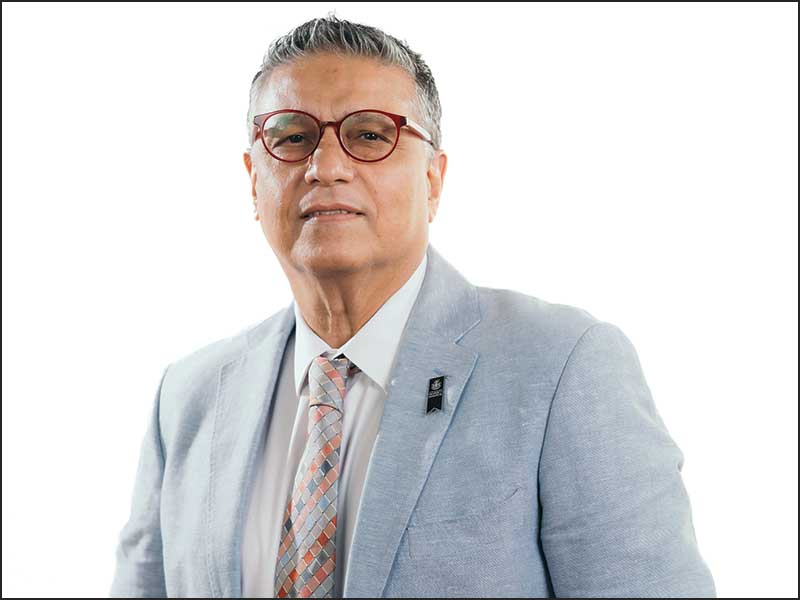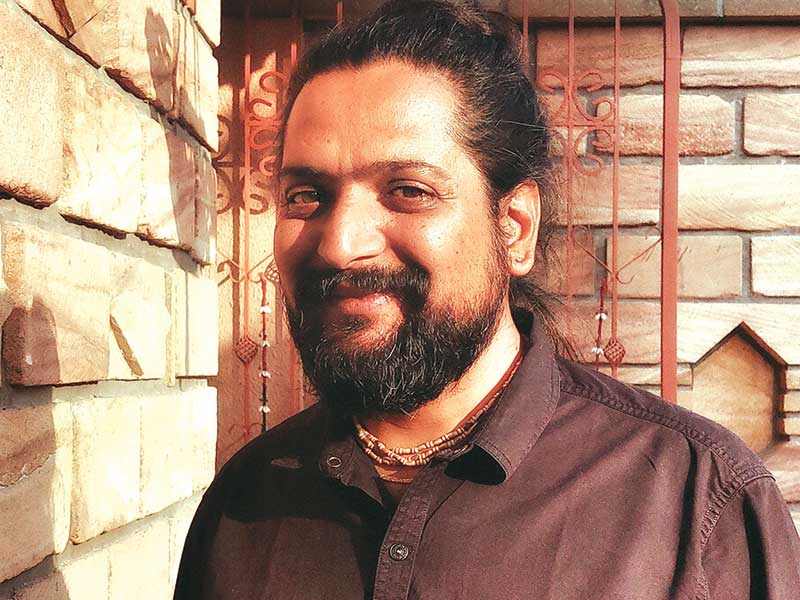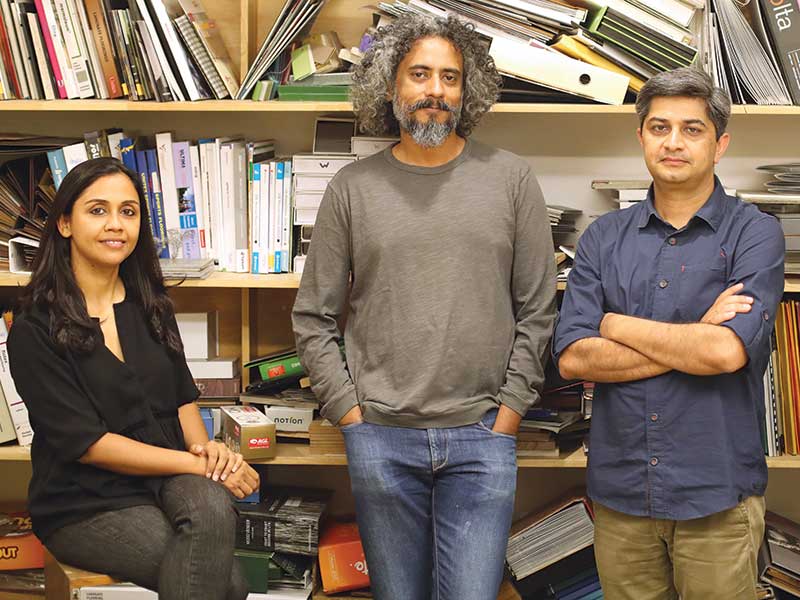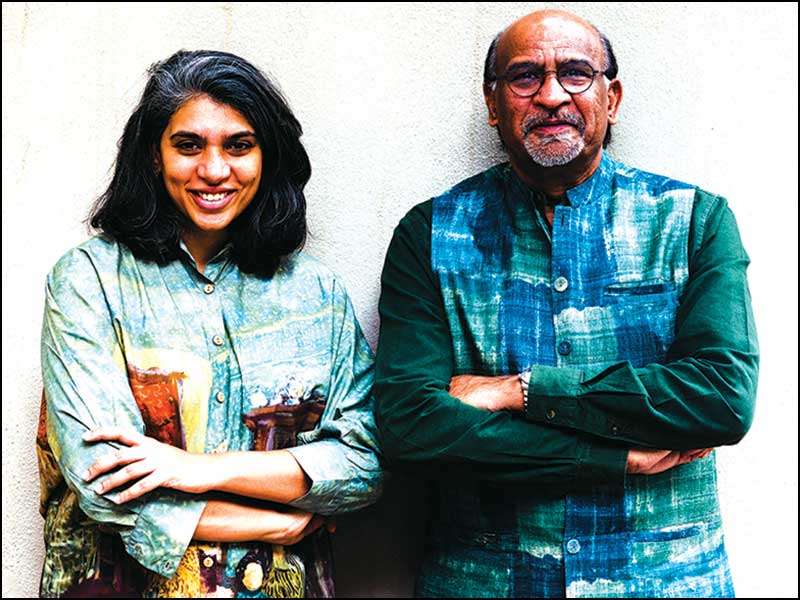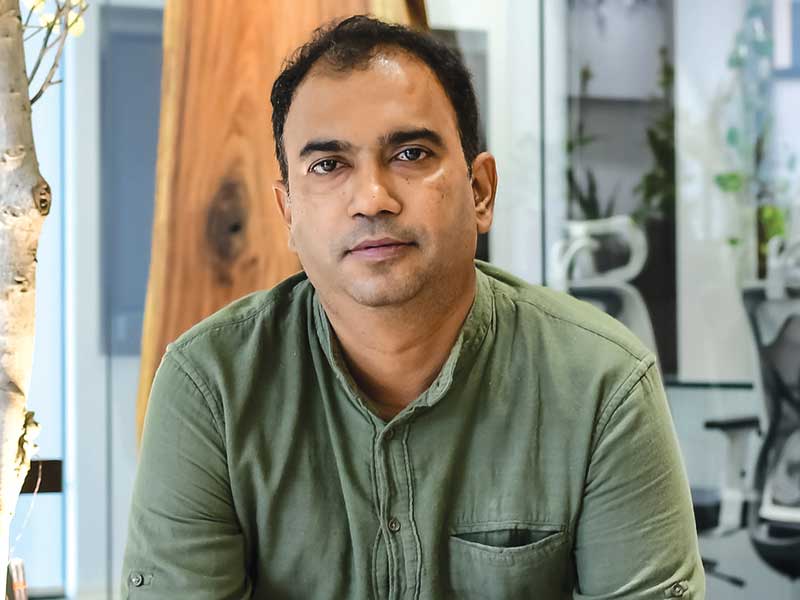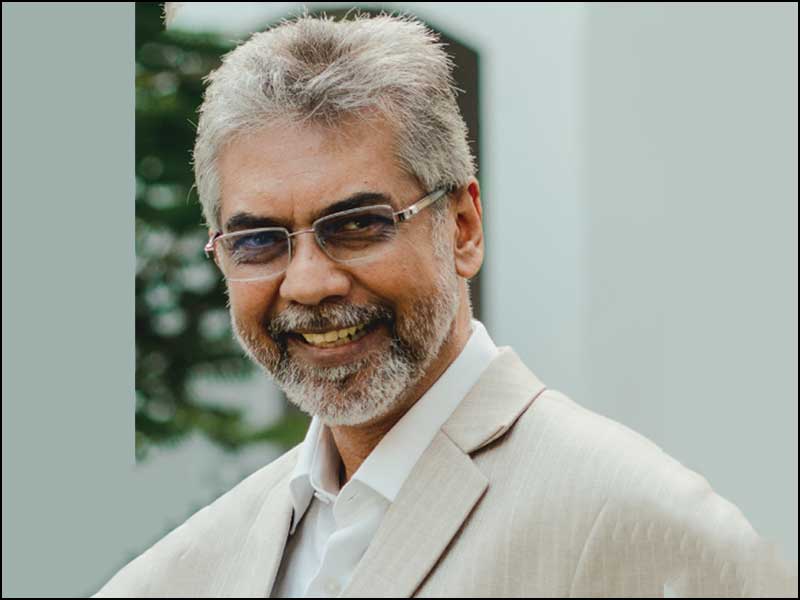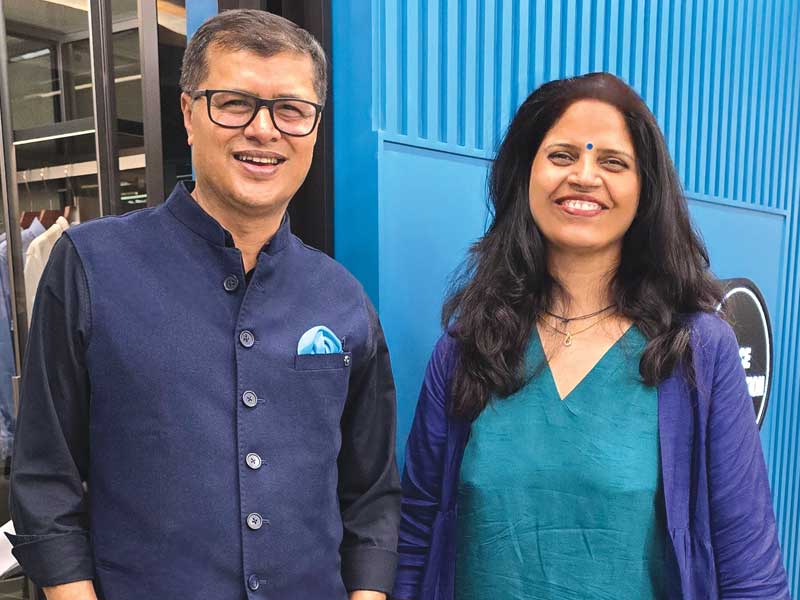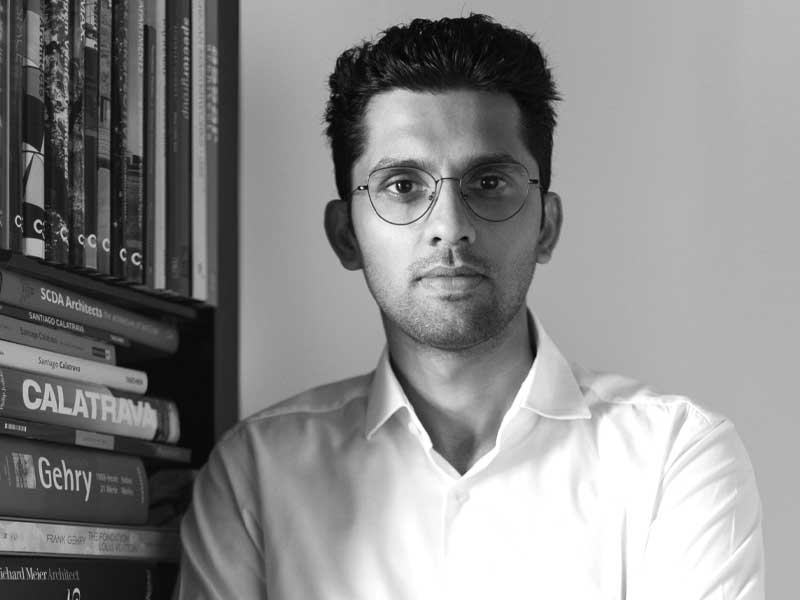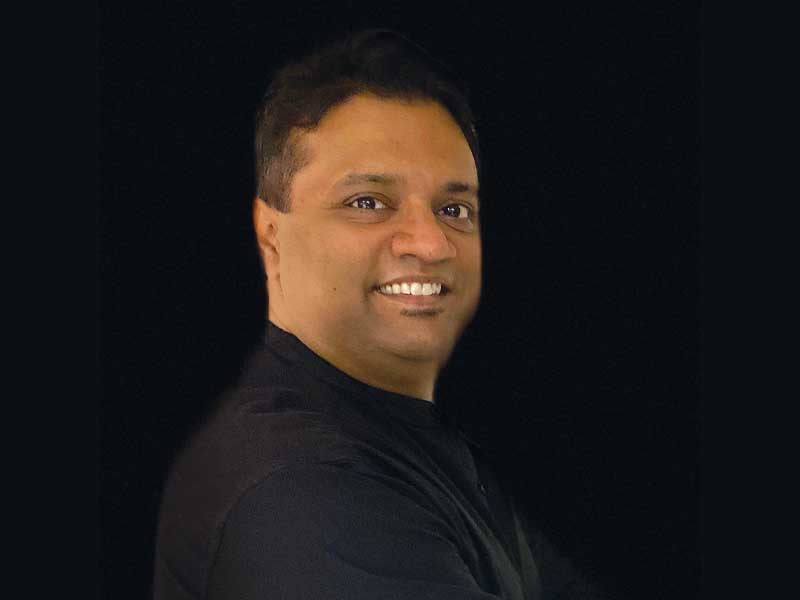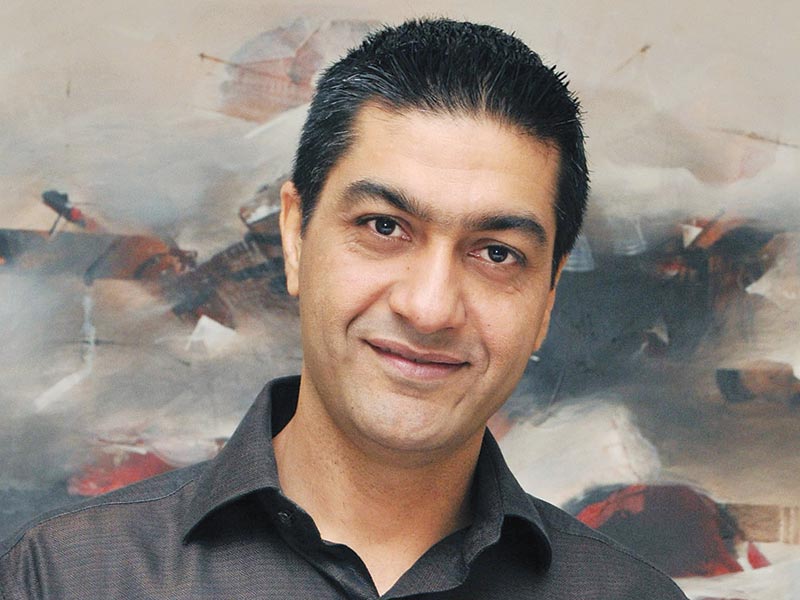
A major source of concern in this field is the inconsideration to environmental degradation during the construction and operation of building. For example, during construction, no care is given to the preservation of the natural topography, fauna, topsoil, rampant dust and waste generated, etc. During operation, even in green buildings, simple things like waste management and maintenance are ignored. There is clearly a long way to go before we see a holistic approach to green architecture.
There is a desperate need for further outreach and awareness about green architecture. A good start would be educating students from a tender, young age in schools as part of their regular curriculum. We also need to look at case studies of the successful implementation of eco-friendly structures in India and abroad, to analyse what is possible in the Indian context. A common problem is that clients do not weigh the long term benefits of sustainable architecture, and are more concerned about the upfront cost.
If incentives such as tax benefits and increased permissible F.A.R. would be implemented, we would find a more positive response amongst clients and builders towards eco-friendly architecture
Government departments need to be well informed about the latest developments in environment friendly design and technology. They also need to encourage the use of such sustainability measures in their projects. Policies for harnessing solar power, etc. are still not business friendly as they are stuck in red tape. If incentives such as tax benefits and increased permissible F.A.R. would be implemented, we would find a more positive response amongst clients and builders towards eco-friendly architecture.
 BSMS, Provence, Gurgaon
BSMS, Provence, GurgaonA major breakthrough in sustainable architecture, and one that I believe has great potential to be the forerunner of environment conscious urban planning, is East Delhi Hub. It was the first Transit Oriented Development (TOD) project in India and we at CP Kukreja Architects were posed with the challenge of reconciling high density mixed use development, as prescribed in the TOD norms, with green structures. Our approach was to incorporate an “organic density” that introduces extensive vertical mixed-use development to tackle the issue of high density and ensure 24-hour active, safer spaces. This includes commercial, residential, medical and recreational facilities and an iconic 100 storey LEED Platinum rated tower that will be a new landmark in Delhi. East Delhi Hub’s design is based on a sustainable grid and building configuration which combines a sustainable orientation with the complex geometry of the site. The result is a highly efficient radial hexagonal system that upholds “Smart Mobility”, “Smart Infrastructure” and “Smart Living”, thereby imbibing the core values of a “Smart City.”

